In-Ear Fidelity celebrates its birthday every February 1st.
Man, what a year huh?
I’m sure everyone has their fill of “2020pocalypse” jokes at this point so I’ll keep this part brief. Yep, we had been (and currently still are) living through a pandemic, a heavily-damaged economy now further tested by stock-memers on the Internet, interparsed with bushfires on both ends of the globe (one of which I’ve been uncomfortably close with), not to mention the more US-centric events like the BLM riots, and who could forget the absolute entertainment that was the 2020 US Presidential Elections.
Well, entertainment for the non-US people anyways. You Americans must’ve been doomscrolling and sweating bullets the whole last quarter.
So, a few things. For one, I had formally graduated from university last year, which is great! So now academia is completely struck off the “life to-do list”, and something that hopefully I’ll never have to worry about ever again.
But graduating in 2020? That’s one fate I wouldn’t wish upon anybody. The layoffs, the internship cancellations, all manner of job applications drying up just as an entire generation of young adults look to enter the workforce for the very first time. But while these are certainly very challenging times for the average graduate, I thankfully have a little safety net of my own: In-Ear Fidelity itself.
The whole economy-crashing and work-from-home situation have definitely put the whole “reviewing audio as a full-time job” idea straight into the priority lane. And while officially entering the workforce as a self-employed individual during an economical crisis is still a very scary prospect at the beginning, I’m happy to report that 2020 managed to surpass all my expectations and is easily IEF’s best year yet.
Sure, the best year out of the literal two years it had been operating, but I digress.
The 2019 TL;DR
For a full rundown of IEF’s first year, click here for last year’s report.
The first year of In-Ear Fidelity was less about growth and more about setting up the foundations of the website itself. As mentioned in my Year One Reflection, IEF was more a part-time commitment at the time as I finished off my last year of university.
As such, my Year One Reflection was less about the milestones of the year and more about the potential challenges and criticisms the website may face over the course of its lifetime. The potential over-reliance on measurements, the ethics of review units, future monetisation plans as well as discussions on potential conflicts-of-interest, all points and topics that are still relevant today and hence why I won’t be reiterating them again this year.
So, as for the significant happenings in 2019:
- In-Ear Fidelity officially launches on February 1st, 2019, initially just as a host for the IEM Ranking List.
- At this point in time, r/InEarFidelity was the only “social media” available for IEF.
- The Patreon was also created at the same time, providing a little extra income as the site slowly builds up.
- The IEM Graph Database is officially completed in May.
- The Graph Comparison Tool goes public in May for the first time.
- The crinacle YouTube channel hits 1,000 subscribers in June.
- In June, IEF breaks 100,000 monthly pageviews for the first time.
- Headphones.com becomes IEF’s first dedicated banner advertiser in September.
- IEF breaks 1,000,000 total pageviews in October.
- Tests for a headphone measurement database begin in December, starting with the experimental EARS+711 rig.
And… that’s pretty much it for 2019 in terms of significant developments. Nothing very flashy, but as mentioned the first year of IEF was more about building up the foundations rather than any focus towards big growth (even though it did grow fast in terms of traffic numbers).
Now, 2020 on the other hand…
The 2020 Milestones
- IEF breaks 2,000,000 total pageviews in February.
- IEF officially joins the AdThrive network in February.
- My first collaboration, the Fearless x crinacle Dawn, is launched in March.
- The “beta version” of the Headphone Ranking List is released in May.
- Also in May, IEF breaks 300,000 monthly pageviews for the first time.
- The GRAS 43AG-7 crowdfunding campaign is launched in June.
- Total amount raised: $7,811 (out of the required $9,000)
- In-Ear Fidelity becomes a full-time job as I graduate from university in July.
- IEF officially acquires the GRAS 43AG-7 in September.
- In the same month, the Headphone Graph Database also officially launches with over 100 models measured, alongside the Graph Comparison Tool (for headphones).
- The Headphone Ranking List is officially released in October.
- “In-Ear Fidelity” is officially incorporated in November.
- My second collaboration, the Moondrop x crinacle Blessing2:Dusk, is launched in December.
- IEF breaks 5,000,000 total pageviews just as 2020 finally ends.
Just like in 2019, 2020 was a year of many “Firsts” for IEF. But if I were to pick the most significant ones to reflect on, the first would be getting into the headphones game (both in reviews and measurements-wise), second being my two collaborations with Fearless and Moondrop respectively, and lastly of course the fact that IEF is now my full-time job and having to properly grapple monetisation options.
So here we go, the year 2020 in review. Let’s review.
In-Ear Fidelity Goes Over-Ear
After years of being the “IEM specialist”, 2020 marks the year In-Ear Fidelity branches out to headphones.
The measurements were the easy part. Once I got the practice on the EARS+711 system, acquired the “industry-standard” GRAS 43AG-7 and got a good number of data points under my belt, IEF was quick to establish itself as one of the main resources for headphone measurements. The hard part comes with the subjective.
The headphone scene is certainly a lot tougher to break into in 2020 as compared to the IEM scene back in 2016. The headphone scene is filled with many established “authorities” and already rather saturated with known influencers by the time I got into it seriously, so it’s an uphill challenge right from the get-go especially since many of my opinions weren’t completely in agreement with those of certain repute.
One thing I did notice in the headphone community is that the concept of tonality doesn’t hold as much importance as it does in the modern IEM scene, for instance headphones like the Audeze LCD-4 and the ZMF Verite (dare I say even Stax) have their (arguably) wonky tunings mostly forgiven due to their strong technical performance. Yet on the flipside, a lot of headphones with good tonality tend to be absolutely destroyed if their technicals aren’t up to par, so it’s mostly a one-way street in this regard.
So you can see the problem when someone like me comes around, more critical of tonality than most, unwilling to gloss over tonal problems even if the technicals are strong in a given headphone. The first few days of the Headphone Ranking List’s release was absolute hell as most readers didn’t understand (or sometimes intentionally ignored) the IEF scoring system of the tonality/technicals split, resulting in a lot of debate and arguments.
(Not too dissimilar from the early days of the IEM Ranking List, so I tolerate it. For now.)
At any case, my “headphone reviewing career” is still in its early stages, so maybe I just need more time to marinate in the headphone scene, so to speak. So people better get used to seeing me around, because I’m not stopping for a long long time.
The Dawn-Dusk Chapter
2020 also marks the year where I engage in a relatively novel concept in the portable audio space: collaborative IEMs. The Fearless x crinacle Dawn was released in March, while the Moondrop x crinacle Blessing2:Dusk was released in December; a good 9-month gap between the two models.
But what you all may not know is that, while the Dusk has been very successful since its launch, the Dawn was pretty much a commercial flop. For context, in the first two hours of the Dusk’s preorder sale, I had already made more with Dusk royalties than I did with the entirety of the Dawn’s life cycle till then. Now I already had a grasp of what went wrong with the Dawn before the concept of the Dusk even went live, but it wouldn’t hurt to reflect upon it a little more especially in hindsight.
Dawn vs Dusk: Conflicting Concepts
If there is one thing the In-Ear Fidelity or “crinacle” brand image is characterised by, it’s probably the concept of value.
As I’ve mentioned many times before, the Dawn began as a proof-of-concept product, an IEM to show that “yes, a collaboration with established reviewers can work to create better products”. Though it is certainly unfortunate that the price had to be set rather steep, the driver/crossover customisation limited, and I didn’t have much say in the things beyond the IEM itself such as with the packaging. But if I had to pick one out of the three… I guess the thing that really killed the Dawn was the pricing.
Regardless of my status as a reviewer/critic, my reputation as a tuner is far less notable especially during the time of the Dawn’s release. The Dawn is effectively a TOTL IEM that competes with other TOTLs, and while I will stand by my opinion that it does so very well… it’s not exactly an IEM that one would consider as a value pick. None of the kilobuck IEMs really are.
And I guess that’s what really killed it. Not many were willing to spend $1,400 to test drive a debut IEM, and even less of my own fans were willing to fork out that kind of money for something that wasn’t strongly in tune with the concept of “value”. Maybe if my audience was more like that of TheHeadphoneList’s…
Then again, I don’t feel too bad considering that the Dawn is a built-to-order IEM so Fearless isn’t really sacrificing anything to keep the Dawn available in their catalog. Contrast that to the Dusk where Moondrop had to prepare about 150 units for the preorder stage, which was far scarier (at the time) considering that there was a real risk of sunk-cost if these units were unable to be fulfilled.
Speaking of the Dusk, that’s where the sinking ship turns around. The concept of the Dusk was simple: drop the price and make it more accessible to the masses. And that’s where I believe the Dusk succeeds; it basically embodies the concept of “value”, getting the “bang for your buck” that the Dawn could not provide in earnest.
All that being said, do I regret creating Dawn with Fearless? Absolutely not. Fearless provided me an opportunity few others will entertain, and they have been great partners from start to finish. Sure, I’m allowed the regret that it may not be as successful as I’d have wanted it to be, but I’ll never regret the fact that it happened in the first place.
The year started with the Dawn and ends with the Dusk. A fitting progression.
Income & Monetisation
Money is always a touchy subject and I won’t be diving into exact numbers for obvious reasons, but since many are curious as to how I’ve managed to make “audio reviews” an actual paying full-time job I guess it wouldn’t do much harm to at least break down my revenue streams.
Just like in my 2019 report, my revenue streams are largely similar though with a few key differences, of which I’ll get into later. As of the time of writing, my stable revenue streams comprise of the following:
- General advertising (managed by AdThrive)
- Patreon subscriptions
- Dedicated banner advertising (self-managed)
- Website subscriptions (an alternative to Patreon)
And January 2021’s income split illustrated below:
I’ll say that I’m living comfortably at current income levels, and these revenue streams are still growing. I’d like to think that I’m pretty well-diversified to survive any single one of these revenue streams completely failing at any point in time; sure that’s something I don’t see happening in the near future, but if it does happen at least I’m not dead in the water.
Probably the biggest change income-wise in 2020 would be the shift from Google Adsense to AdThrive; under the former I would be getting ridiculously low rates despite my high-ish traffic. With the swap to AdThrive, my first month saw an easy sextupling of what I previously got with regular Adsense, and as my traffic continued to grow the ad revenue took up a bigger and bigger slice of the income pie as well.
Not sponsored by AdThrive to say all this; more a statement on how Adsense is garbage.
For a further analysis on each revenue stream, my 2019 report is still relevant so check it out if you need to. I won’t waste my word count here.
As mentioned, these are the stable revenue streams that I expect to hold strong for years (hopefully decades) to come. Now there is the elephant in the room, the unstable income, and that’s where royalties related to sales of collaborative products come in.
Yes, I know. It looks very, very skewed. But also note that the Dusk was released in December 2020, so January 2021’s Dusk royalties are based on first-month sales which are typically going to be the highest within a product’s sales cycle. It may consist of 76% of my income now, but could taper off to something like 30% by mid-2021, and may not even cover 10% by 2022. As mentioned this is probably unstable income, but a revenue stream nonetheless. I just see it as bonus pay or extra allowance if you will.
Do note the lack of Dawn royalties for the reasons expressed in the previous section. Live and learn.
The Future
Let’s just take a look at what I’ve written in this section for my Year One writeup and if I had completed my goals.
Branching out to headphones – check.
Collaborative IEMs – check, times two.
Being more active in YouTube…
Ah right, I knew I was missing something. YouTube, the final frontier of audio reviews, and unfortunately a frontier that takes up too much of my time as well as my self-esteem. It’s something that I’ll definitely have to do if I want to properly expand my influence, but it’ll really only effective if I can commit to a consistent upload schedule. So… YouTube is definitely going to be a thing at some point, but when exactly is a different question altogether. (Hint: the answer is “Soon™”)
But ignoring the YouTube topic, “more collaborations” would be the next obvious answer to what’s in store next. I have a few interested parties lined up, some expectedly for IEMs but interestingly a few for headphones as well. Honestly not sure where I’m going with all these potential collabs, but maybe a more abstract “grand plan” will come to me as I slowly build up my portfolio. For now, just being able to get my vision of great sound out into the market is satisfaction enough.
Apart from that, IEF is business as usual in the day-to-day core activities. Reviewing audio products, building my communities organically and expanding my influence (read: increase traffic). Some have expressed concern that I’ll be resorting to clickbait to farm views but c’mon, just looking at my post history would tell you that I’m probably the epitome of boring titles.
Year Two and no sign of slowing down. We’re still only in the infancy of In-Ear Fidelity’s (hopefully) long career, and there’s still so much more left to do.
But enough of the self-talk. Some more special thanks are order, gratitude that deserves their own dedicated shoutout.
To the kind individuals/entites who have believed in me and have graciously donated $1,000 each for my headphone measurements project:
Headphones.com
Soranik
Riveton Headphones & Goldvein Cables
Super* Review
Prisma Audio
To the retailers who continue to support me even when I may be a PR liability with my blunt opinions:
Headphones.com
Bloom Audio
Linsoul
ShenZhenAudio
HiFiGo
To my longest-standing patrons who have stuck by me through the thick and thin:
Abheer Monga
Teddy Thamrin
Eliot Jacobsen
Andreas Boye
Denis Dmitriev
Luigi Larocca
Joseph Ong
Edwin Soto
“glowyote”
“MemoryError”
Peter
Philip Huynh
Jackson Poulos
“McMadface”
Cassiel Jayadas
“Legumez”
Roland
And of course to everyone else who have provided support in their own ways, even those simply tuning in week after week to read my content, thank you all. One year down, and here’s to another.


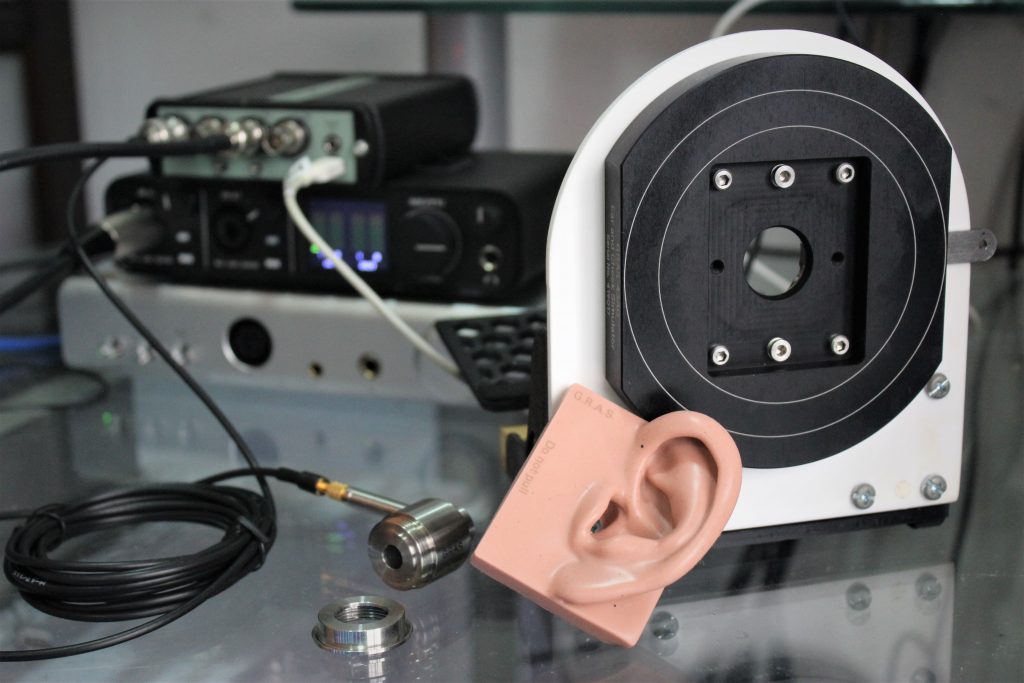
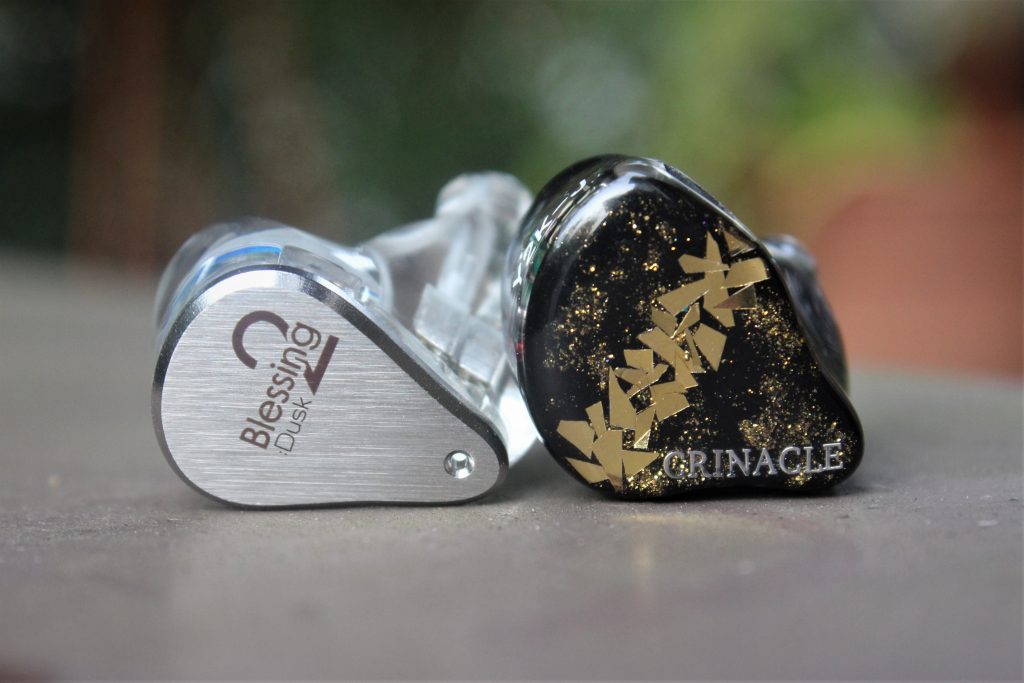
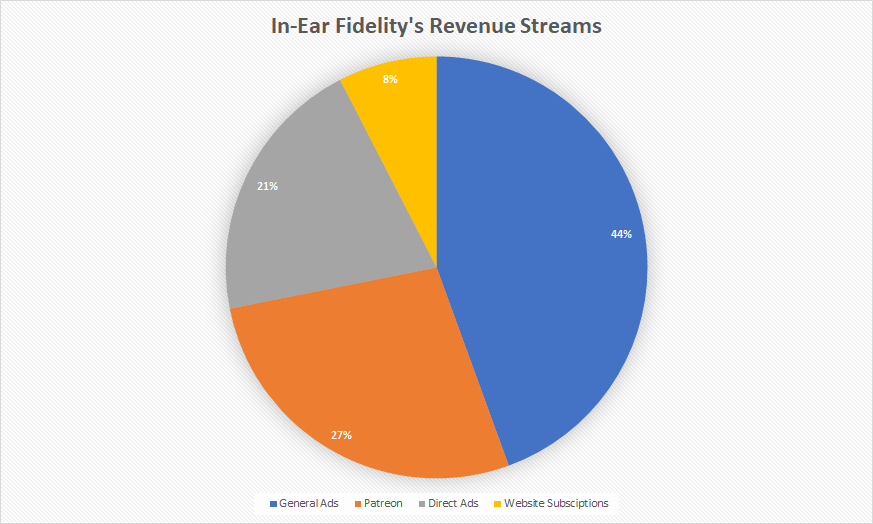
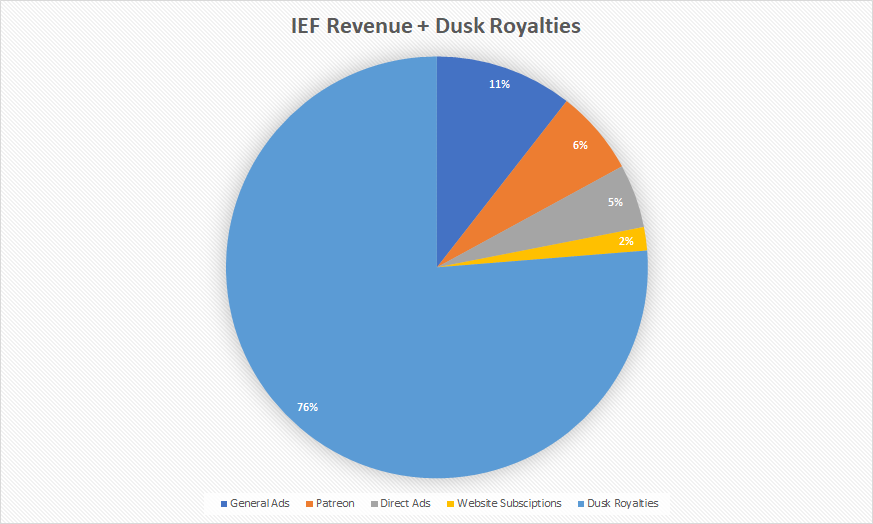
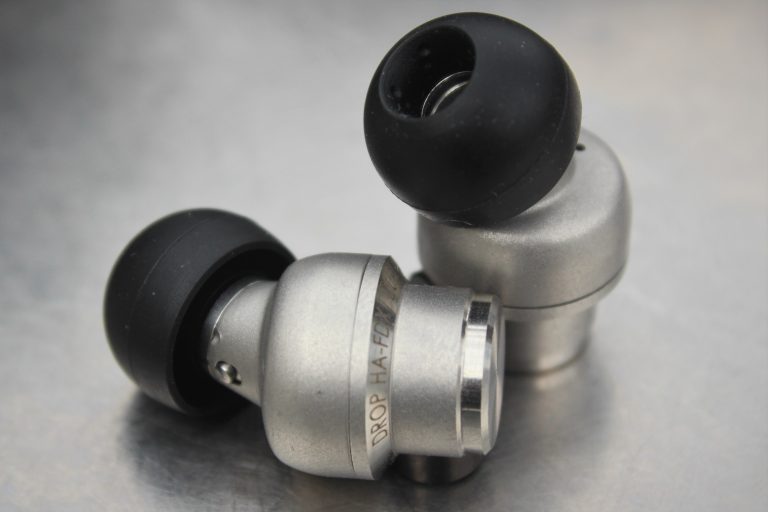
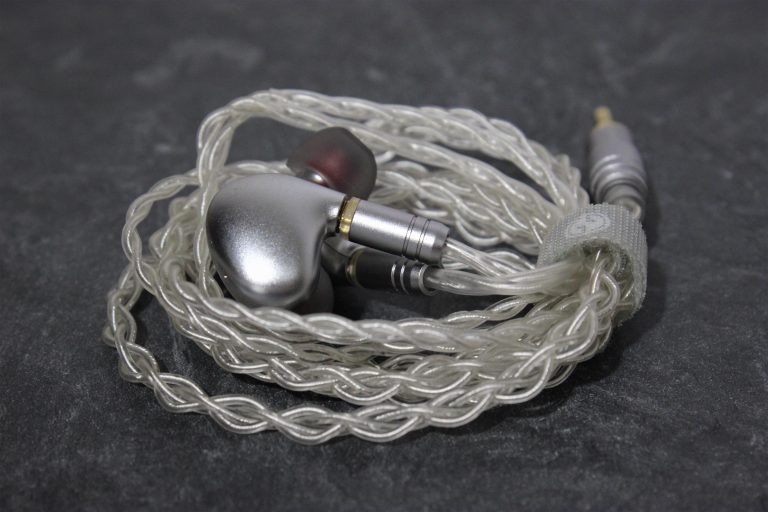

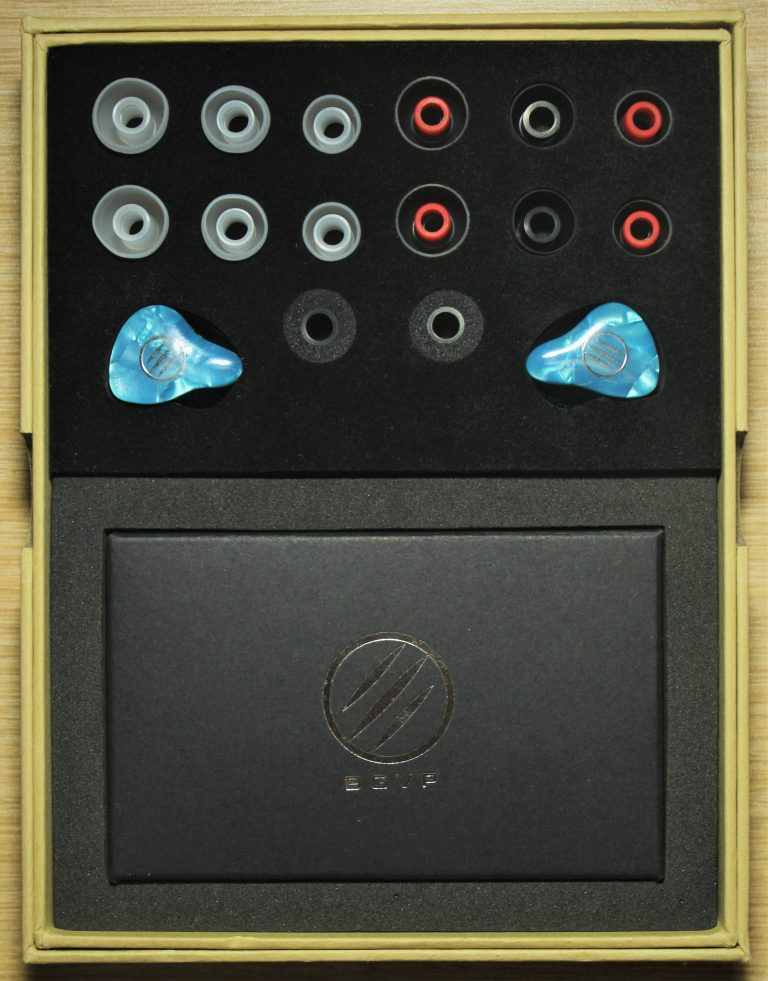
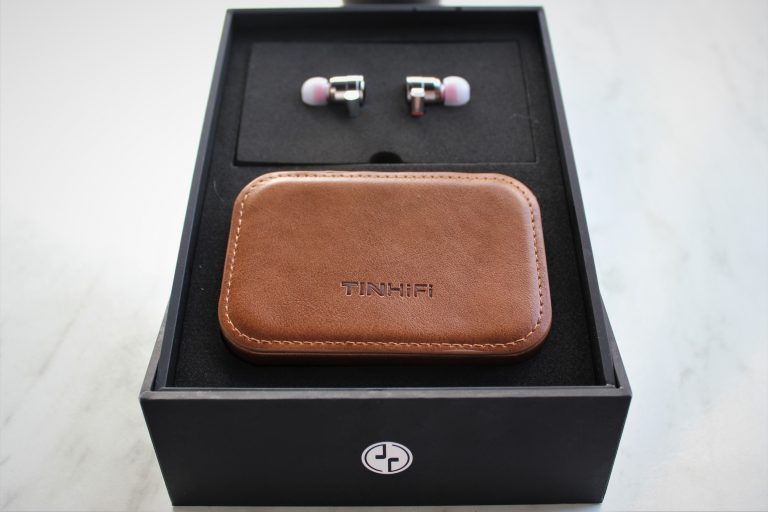
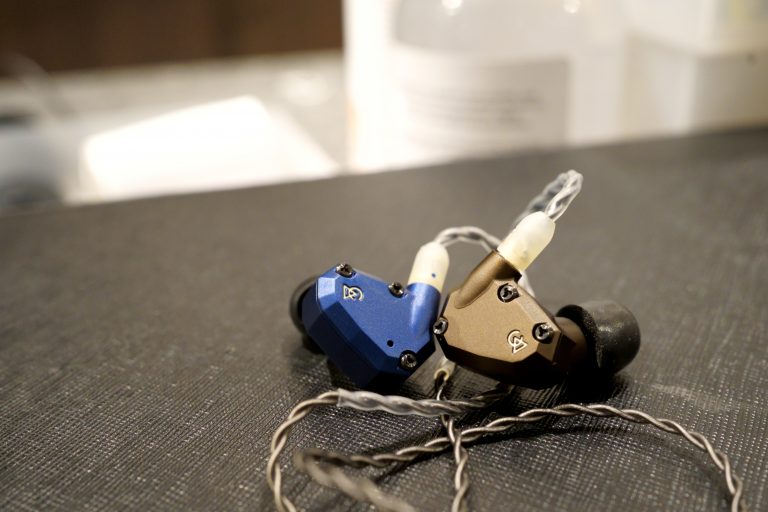

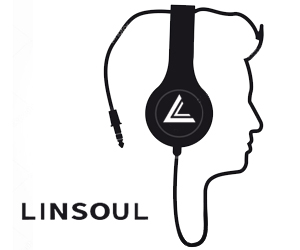


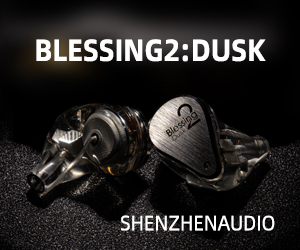
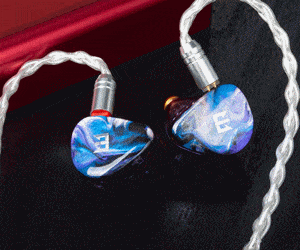

12 thoughts on “In-Ear Fidelity Year Two: In Review”
Thank you for being one of the industry leaders and making this a true passion of yours. I know you’re aware, but I hope others are aware that you and a select few others provide the vision and visibility that drives interest, then more competition which leads to better, higher quality, more competitive IEM’s being created then sold around the world. Yes, the world.
Whats being done here by you brings focus and drives the innovation we appreciate. In the past, these makers can make junk, put a shiny gold plastic part on it, charge $999, people buy the junk because they think its the best and the maker laughs all the way to the bank. NOT ANY MORE. On to bigger and better things in the future years.
Congrats, Crin, on your graduation and continued success with IEF! Looking forward to new collaborations in 2021 as well as more assessments from you on the state of play in this energizing hobby of ours.
What a year! Believe it or not you are becoming one of the most hyped reviewers globally. What surprised me is that you are doing that thing at such a young age…
your graphs have led me to some of the best IEMs i’ve ever heard. so thank you for that!
If you ever get around to it, a phase curve and impulse response would be nice. I get that system phase doesn’t always tell how well individual drivers are working together but wouldn’t hurt.
That said, I always check in here to see what’s new and get ideas. Your S8 comments and graph have me a happy owner after some tip and cable voicing. Might even prefer them to my Spartans.
I did try the EJ07 based on it’s curve (not one of your recommendations) and didn’t really have issues with the highs after some voicing but felt they had phase issues that my others don’t. The S8 sounds particularly coherent.
To conclude, great sight and keep up the awesome work. We don’t all have to agree but it’s wonderful to have this sort of data to work from.
Congrats on 2 years.
It’s amazing what you’ve been able to accomplish in just 2 years of IEF. I don’t think anyone would argue that your work in this hobby has been revolutionary and has more or less changed the landscape of the scene. I absolutely cannot wait to see what the future of IEF holds and I, as well as many others, will be waiting eagerly.
It is wonderful that you are so open and “transparent” (your incomes, ads, etc.)! You are definitely the best reviewer in all respects! And congratulations for your achievements ! I wish that you would displace the “fake” reviewers (I mean there many praising awful equipment for the money, writing with long reviews full of meaningless phases) or those half deaf with damaged hearing. All the best !
You’re a worthy successor to Tyll. Can’t praise you any more than that 🙂
Love the headphone ranking list. Now that you’ve measured the Susvara will you be doing a review? Really curious if it can live up to that crazy pricetag.
All the best for 2021!
Thank You for your dedication. Experiencing top tier portable audio only because of you. Will support more soon.
Congrats I lost graduated from university in 2020.I los purchased 6 in ears on your lit from the Anole VX to Audio 64 tia trio and audeze isine 20 1st cipher cable among many others .. and you are pot on to their different sound signatures. Keep pushing out more reviews. And thank you!
One things that makes you a true and trustworthy reviewer, is that when a product is bad you write a negative review (Tyll also did, I see you actually as even clearly better than Tyll), unlike fake reviewers.
One of the things that betrays fake reviewers is that they always write positive reviews of the items they are reviewing (for direct money, ads, or, the most commonly, simply for receiving the very expensive items for free, the resale value of the expensive no-cost items being 100 % benefit.) I am very happy that you are not following the business model of the fake reviewers, there are so many of them. And of course they will be never transparent like you are about their audio-related incomes.
Congratulations, Crin. Your reviews are awesome, well put and objective. Quite a change from most of the others so called reviewers (just doing disguised advertising, really). I am not a “high end” audiophile, so I do rely on opinions to make a purchase decision. Also, I don’t have tons of money to throw away, so any purchase needs to be tought of carefuly. I must say you really lend a helpful ear in that regard 😉 I’ll try to subscribe once I finally get my first full-time job in these hard-times !
Cheers from France